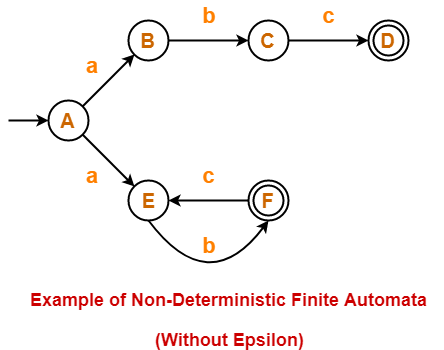

- Computer graphics and finite state automata portable#
- Computer graphics and finite state automata software#
The second step, conversely, allows us to capitalize on predeveloped, microcontroller-specific optimizations such as register allocation or instruction selection and scheduling.Īnother major advantage of our proposed approach is a much tighter control of software cost than generally possible with a general-purpose compiler. We can take advantage of the fact that CFSMs compute a finite state reaction to a set of events, which is much simpler to optimize than a generic high-level program. The methodology-specific, processor-independent first step allows a much broader exploration of the design space than a general-purpose compiler can generally achieve.
Computer graphics and finite state automata portable#
Translating the s-graph into portable C code and using any available compiler to implement and optimize it in a specific, microcontroller-dependent instruction set. Implementing and optimizing the desired behavior in a high-level, technology-independent representation of the decision process (called s-graph). A two-step process implements the reactive behavior: The FSM represents all feasible states of the components and the logical rules that trigger the transitions between the states.ĬFSM implementation. A FSM M is defined by a tuple ( Q, q 0, δ, λ, X, Y) in which Q is a finite set of states, q o∈ Q is the initial state, δ is the state transfer function, λ is the output function, X is the finite input alphabet and Y the finite output alphabet. The scope of the invoked rules is to extract information to notify the operator about the evaluation of the performance of the involve plant components and they can be modeled by a Finite state machine (FSM) which is a dynamic approach that describes the evolution in time of a set of discrete and continuous state variables. They can be fully semi-automatic or completely automatic, depending on the involvement of the process operator or not.

Spyros Voutetakis, in Computer Aided Chemical Engineering, 2016 2.3 Rules of operation for behaviour extractionĪ Finite State Machine (FSM) formulation is used to describe the processes during which information or tasks move from one state to another for action, according to a set of rules ( Ziogou, 2013).


 0 kommentar(er)
0 kommentar(er)
